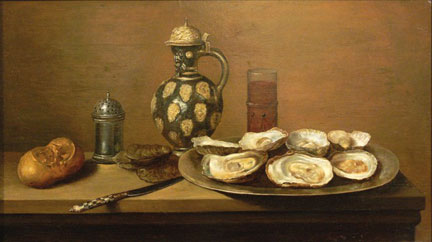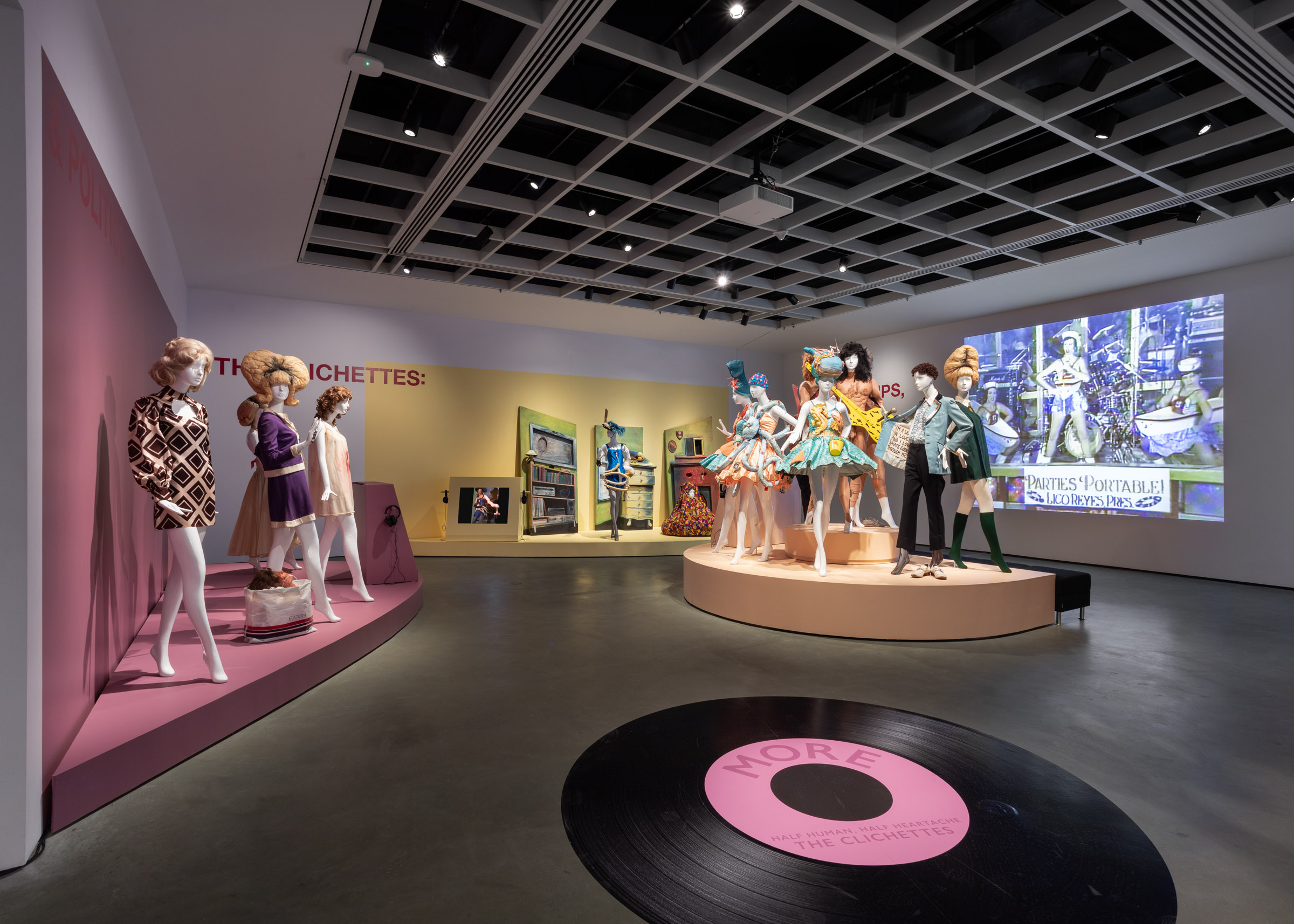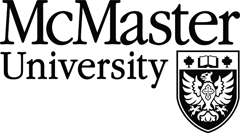How an Artist Invites You In
June 27, 2012

What makes you look at an artwork?
What makes you want to keep looking?
There are plenty of personal reasons; each of us is individual in our histories, interests and motivations. But artists can employ various tactics in an attempt to attract and hold the viewer’s gaze.
Here are some examples of inviting paintings from the McMaster Museum of Art (MMA) collection, starting with the painting by a 17th century Flemish artist.

Laid out in front of you is a breakfast feast, ready and waiting to be eaten. How do we know it’s for us? The artist made the choice to place no impediments between us and the table. It’s as if we’re already sitting in the chair, waiting to dig in (you’ll notice this same scheme employed in just about every sit com ever made. The scene will be taking place in a kitchen, and rather unusually, all the kitchen chairs will be crammed together on one side of the table, but none in front of the table, between the camera/viewer and the actors).
Not only is there nothing blocking us from the table, there’s a tool, an object, functioning as a spatial bridge and visual indicator of our welcome to this scene.
The knife.
This knife sits, rather precariously, on the edge of the table. It creates a great 3-D effect (come see it in real life!), inviting us in to the scene.

Caillebotte does something similar in his piece, though his space-spanning bridge is quite literal. Though we recognize that we’re looking at a painting, and we can’t just walk into this scene, the bridge (painted in a diagonal, eye-catching line in the bottom left corner) allows a place for our imaginary feet to stride across and enter the scene.
Now that your eyes are attuned to this artistic trick, let’s see if you can spot it in action in Reid’s A Call To Dinner.

Collection of McMaster Museum of Art, McMaster University
Part of my decision in picking this painting is to encourage you to come in and see it on display: it’s a very large work, and the figure in the foreground is actually almost life-size. Artists not only use directional lines to draw viewers into their work, they also use scale and a bit of human psychology.
What we’re confronted with here is a painted person who is so large, they’re nearly as big as we are. They’re (almost) inhabiting the same real space as we do. Walking up to this painting is like approaching a real person. And when you see someone staring off into the distance, many times our curiosity leads us to stare in the same directions as well.
Reid catches our attention with the scale of his main figure, and then keeps it with the question “what is she looking at?” Extra points if you spotted the pathway leading from in front of the figure, off into the distance.
These paintings on display at the MMA until August 4th. We invite you to come, look and look longer!
– Teresa Gregorio, Museum Monitor / Information Officer, McMaster Museum of Art


McMaster Museum of Art wins Exhibition of the Year for The Clichettes: Lips, Wigs and Politics
December 2, 2025
On Monday, December 1, 2025, Galeries Ontario / Ontario Galleries (GOG) announced the winners of the 48th Annual GOG Awards and the McMaster Museum of Art (M(M)A) took away the top award for the Exhibition of the Year (Budget Over $50K) for the Fall 2024 exhibition The Clichettes: Lips, Wigs and Politics produced in partnership […]

The Creative Process: Well-being through art with the McMaster Museum of Art
August 22, 2025

McMaster Museum of Art Welcomes New Communications Officer Jeff Jung Sing Chow
July 11, 2025





